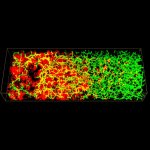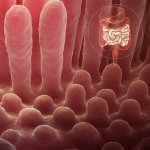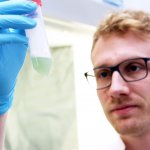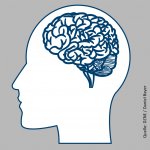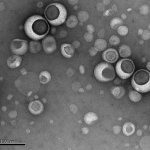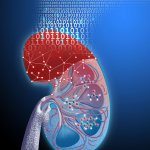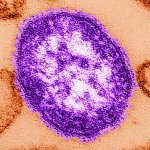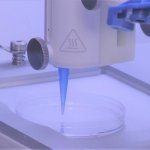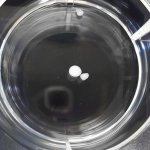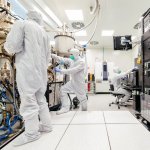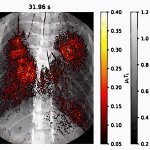
News • Sweet infection control
Manuka honey ‘sandwich’ could be the key to fighting infections
Layering minute amounts of Manuka honey between layers of surgical mesh acts as a natural antibiotic that could prevent infection following an operation, new research has shown. Meshes are used to help promote soft tissue healing inside the body following surgery and are common in operations such as hernia repair. However, they carry with them an increased risk of infection as the bacteria are…





